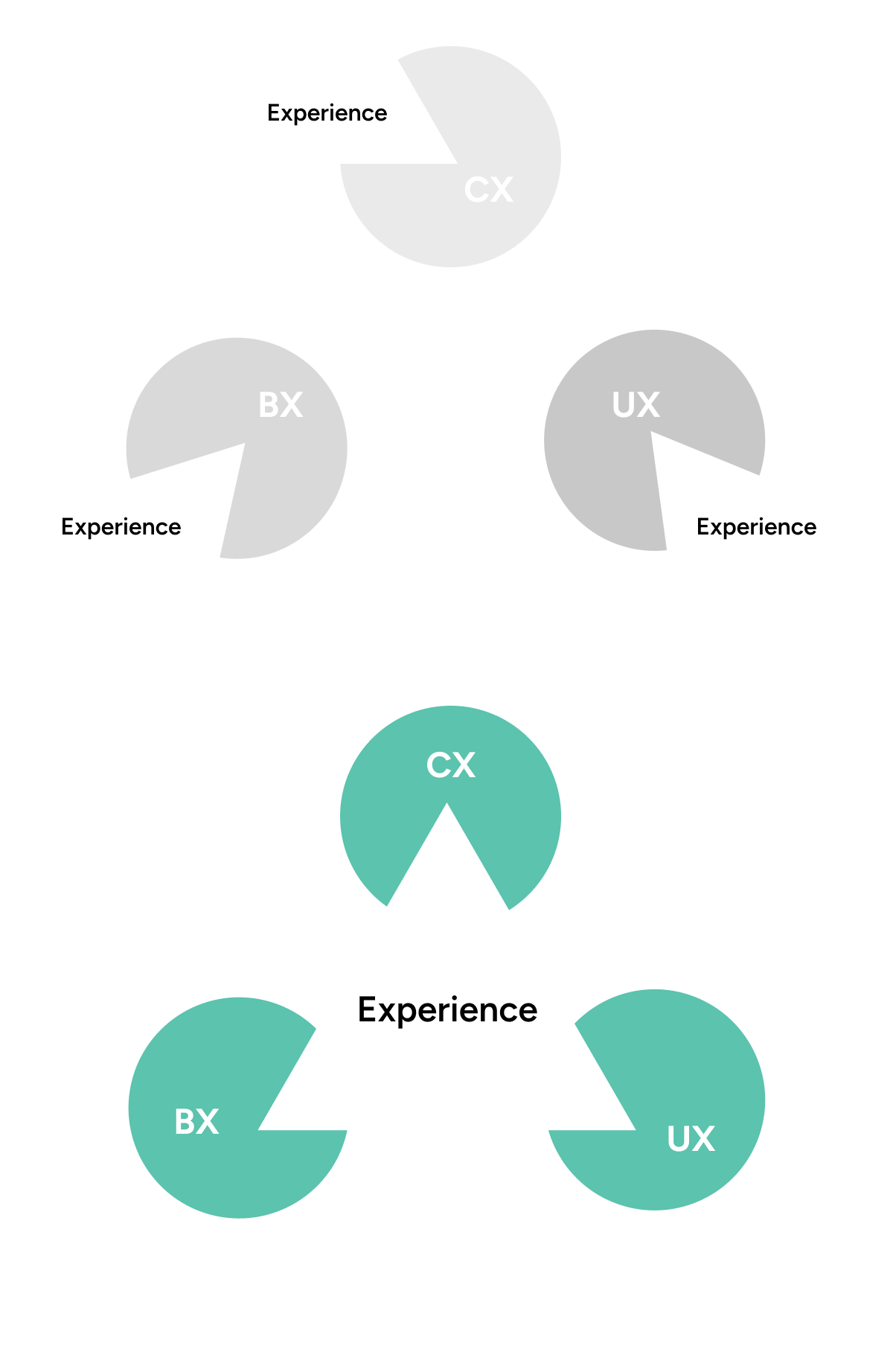
Lead to focus on your customers!
Are companies taking a fresh look at their customers? For a number of years, businesses have been inward-looking and driven by the need for efficiency. Bottom-line targets have been based on the expertise of the company itself rather than the levels of engagement shown by its customers, but the focus is changing now. Companies such as Apple and dm are thriving and achieving success thanks to their customers’ loyalty and willingness to spend, so many would like to emulate them. Thus the question is how one can generate such a loyal and motivated customer base, although loyalty isn’t enough here: turnover has to be increased too!
So how can one persuade people to remain loyal, consume the products or services that are on offer, and actively promote one’s business? This requires a strong brand, relevant offers, and an experience that customers will be keen to share with others. Nevertheless, it isn’t enough to be ahead of the pack for just one of these aspects: all of these elements must be adequately addressed if one wants customers to come on board. This is why it makes no sense to solely focus on the design of one’s products, to merely improve the quality of one’s customer service, or to simply imbue the brand with desirable characteristics. To use a musical analogy: it isn’t the individual instruments that create a wonderful experience – it’s the orchestra as a whole!
Yet this is where the problem begins: in many companies, the ‘instruments’ are played independently of one another. This may well involve specialists who are perfectly capable of making their specific part of the company more efficient and effective, yet they are doing so separately with no overall guidance. Managers who are trained to make decisions ensure that every part of the organization achieves or exceeds its objectives. Many companies are run by capable managers, yet one thing they rarely master is the ability to lead – not necessarily because they’d be unable to do so, but above all because they lack the right ‘instruments’ (in this context, the right ‘leadership tools’).
,Leading’ isn’t the same as ‘managing’
‘Leading’ a company doesn’t mean instructing employees to carry out specific tasks or achieve certain objectives. ‘Leading’ isn’t the same as ‘managing’: it’s more like ‘conducting’ (to continue the musical analogy), or maybe ‘directing’ in this particular context. ‘Managing’ isn’t required if one wants to set the direction for a company so it can develop and generate outstanding customer experiences. What one needs here is ‘leadership’. However, leadership isn’t something that a person necessarily ‘carries out’ – instead, they act more like a ‘conductor’. Leadership emerges if – regardless of their rank or status – all those involved in the company (i.e. ‘the people who are led‘) are focused on the same objective.

This means that leadership is a characteristic associated with the organization as a whole, and not simply with the management. It creates a common bond and a sense of purpose among those who work in and for the company. Thus for employees of the Ritz-Carlton Hotel, this means they are ‘Ladies and Gentlemen serving Ladies and Gentlemen’. There is a clear prerequisite for leadership: it must be reflected in everyone in the organization if a company is to be in a position to undertake anything.
What is important is to develop this holistic focus on customers and their role for everyone in the organization. This is because the more customer-centric a company is, the more effective it will be (assuming that it already works efficiently). Because its employees are ‘led’, it is able to create the right offers and an appealing identity that will enthuse its customers. In order for this to succeed, the ‘conductor’ must know if all the employees are truly being led (in the right direction) and if customer centricity is actually being achieved.
The Customer Centricity Score
A company can use the Customer Centricity Score to ascertain whether its workforce is sticking to the task it’s been set. The CC-Score measures the extent of internal customer centricity throughout the company as a whole, precisely because the ‘orchestra’ isn’t sitting together in one place, but is instead (intentionally or unintentionally) operating in a cross-departmental manner. The CC-Score can depict the quality of the leadership that has been provided and thereby help the ‘conductor’ to improve collaboration so that everyone is playing as a team.
However, customers themselves are also part of a ‘leadership tool’: their reactions to the way in which the various parts of the company ‘play together’ – as well as the overall result – are crucial for corporate success. Good conductors are very aware of whether or not they have succeeded in keeping the audience ‘on board’, and they use this feedback when working with the orchestra. Companies survey their customers (for example via the NPS method) in order to discover if they would recommend it too. Asking people after a concert or purchase whether ‘they liked it’ is a way of measuring customer satisfaction that also provides a fixed reference point when working to improve a given company. Customers will then point out those aspects of their experience that went well or were wrong, but not those that would have been necessary to create the optimal experience. It would be more productive here to ask about the impact that the company as a whole achieves. The Customer Impact Score can be used to determine the impact of leadership within the company and thereby show where this leadership is strong and where it is weaker.
According to Reinhard Sprenger, radical leadership of a company begins with the root: the company itself. Customers are the reason why a company exists, so leadership must minimize anything that distracts the company’s attention from its customers: transaction costs, as a reflection of internal inefficiency, must be radically reduced. What’s then left is the focus on what strengthens the bond with the customer: a workforce that knows how to cater for its customers, and a (customer) experience world that will enthuse them. The Customer Centricity and Customer Impact Scores can help to improve leadership by showing the extent to which employees as well as customers are still ‘on board’.
Customer Centricity Award 2025
In 2025, the Customer Centricity Award will for the first time honor those companies in German-speaking countries that receive the highest scores for their customer centricity. Our ‘jury’ is composed of your customers, who are systematically surveyed to ascertain the so-called Customer Impact Score®.
You can find more information here.



